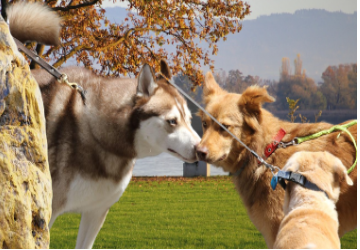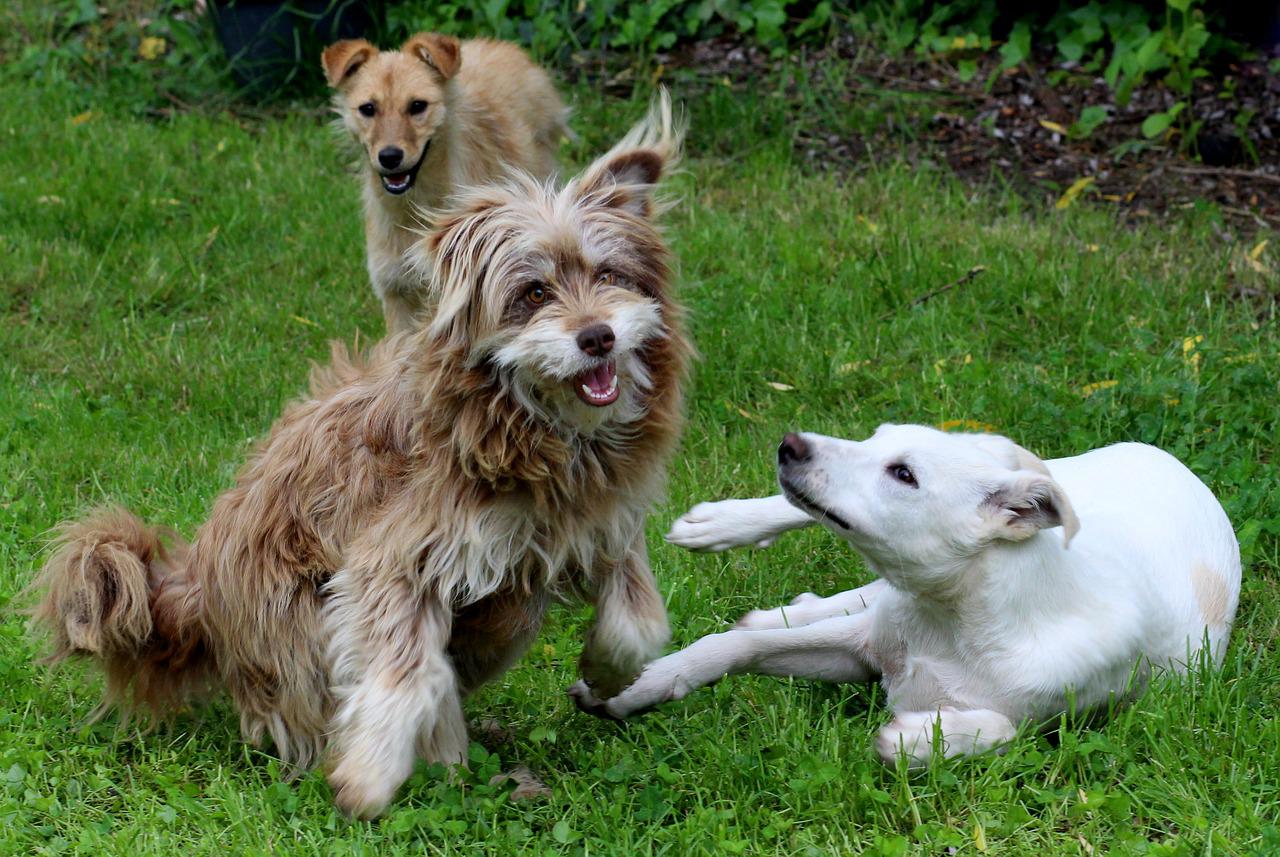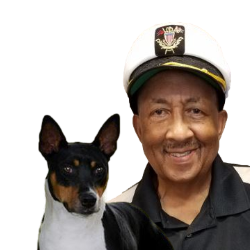The Mystery How To Read Dog Body Language
How to read dog body language post contains affiliate links. Learn more on my Affiliate Disclosure page.
Dog body language is a challenging mystery to some new dog parents. Have you ever found yourself staring into your furry friend's eyes, wondering what they are trying to convey?
Dogs communicate uniquely with us, but understanding their body language can sometimes feel like deciphering ancient hieroglyphics.
Fear not, for in this article, we will unveil the secrets behind decoding doggy signals and help you become a master in understanding your pup's non-verbal cues.
Get ready to delve into the fascinating world of canine communication as we unlock the hidden meanings behind wagging tails, perked-up ears, and everything in between.
So grab a treat and prepare to embark on an enlightening journey that will deepen your bond with man's best friend.

How To Read Dog Body Language Is Not Clear To You
Are you having a hard time understanding your dog's body language can be frustrating because you cannot be sure whether your dog wants to play, fight, or do anything. You need to figure out what your dog likes or is doing.
Sometimes, dog parents become a bit nervous because they never know what to expect when their puppy meets another puppy.
Although you have often observed how your dog interacts with other dogs, sometimes it is like watching a foreign spy movie without a closed caption.

How To Read Dog Body Language For Stress
Did you know that how to read dog body language is their way of communicating their stress levels? Understanding and being able to read your dog's body language can be incredibly helpful in keeping them happy and healthy.
- One key stress signal to look out for is when a dog tucks his tail between his legs. A tucked tail indicates fear or anxiety, and it's essential to address the cause of this stress as soon as possible.
- Another telltale sign of a stressed dog is excessive panting, especially when there isn't an apparent reason, like after exercising or on a hot day.
- Rapid panting can indicate that your furry friend is feeling overwhelmed or anxious. Take note of the situation, environment, or any other potential triggers to understand better what might be causing your dog's stress.
- It's also worth mentioning how to read dog body language yawning can be a subtle but crucial stress signal in dogs. If you notice your pup yawning excessively—especially outside the usual sleepy context—it may indicate they feel uneasy or stressed.
- Keep an eye out for any other signs, such as pinned-back ears, lowered body posture, or dilated pupils; these are all indicators that your dog may need extra care and attention to help alleviate their anxiety.
Remember: how to read dog body language your dog's body language takes time and practice. Paying close attention to how to read dog body language signals and behaviors will make you more attuned to their needs and emotions.



